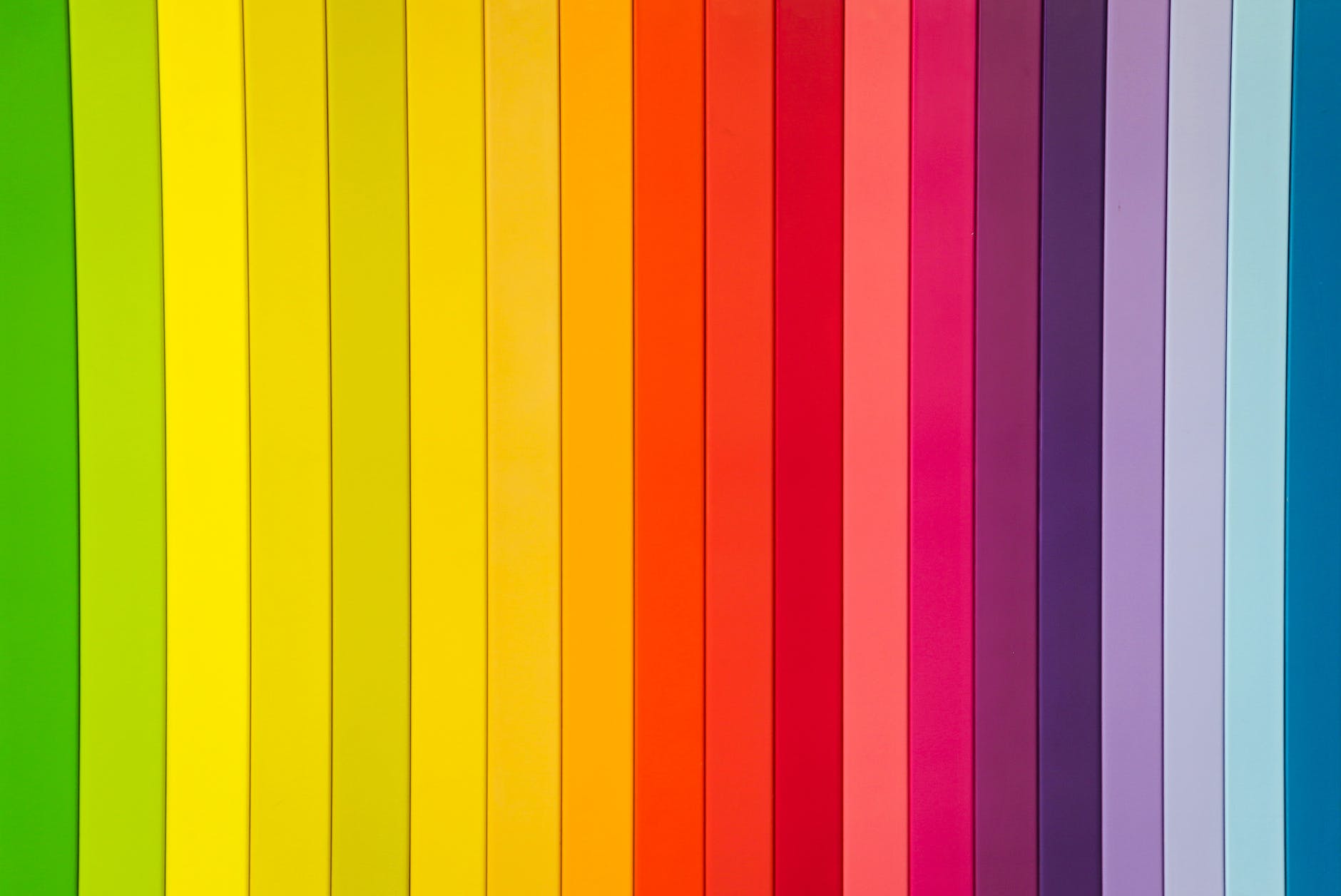My older daughter approached me during the Fall of her 8th grade year and asked if she could install TikTok on her phone. Her best friend had it, and even though I was well aware the app likely followed every known trick in the book to hook users into mindless scrolling, I relented and punched in my PIN to start the download.
YouTube, Instagram, Snapchat and friends are all designed to keep eyes and minds captive. Because when a service is ”free” like these – our attention, interests, and habits is what is paying the bills to keep the machines running and shareholders happy. Endless streams of memes, remixes of memes, and dings of notification bells serve up domaine hits to young and old minds alike to keep the eyeballs glued to the screens.
It is a distracting time to be alive! And a challenging time to keep young distracted minds engaged.
⏲ 15 Seconds of Fame Focus
While the Internet has revolutionized access to information, and fully transformed how teachers educate – it has also trained young minds to simply scroll on to the next thing when not entertained. And in my classroom, each student walks in with a school-issued device that gives access to the distraction-filled web. Sigh.
No amount of Internet filters or firewalls can hold the distractions at bay. Even a seemingly innocent app like Google Earth can issue a one-way ticket to off-task land for a student. What is an educator to do in the face of such a well equipped foe?
🧑🏫 Influencer
The cure for boredom is curiosity. There is no cure for curiosity.
Nir Eyal, Indistractable: How to Control Your Attention and Choose Your Life
I feel the best way to try and gather focus of these distracted students is to embrace the fact that as an educator, my job is to be much like an ”influencer” on a social network. Influencers are skilled at creating content that appeals to the young minds – content that gets them to linger a bit longer before scrolling away. Content that encourages them to interact. To Like. To Comment. To Share.
But teachers have to take it a step further. We have to make content that makes students curious and encourages a desire to explore a topic more before the scrolling away.
📦 Mystery Box
One way I found success as a Curiosity Creator was to introduce a game I called the ”History Mystery Box” in my social studies classroom last year. At the start of the week I would put a physical or ”virtual” item inside a small wooden box that was on my presentation desk.
Each day if the class behavior was good, I would give them a new clue to what is inside the box. There was a Google Form linked in Canvas for the mystery box, and students would only get one ”guess” to what was inside. If they guessed correctly, they earned a trip to my other box… the one filled with stickers, candy and other treasures.
The first week I played the game, I had a small jar of ashes from the eruption of Mt. St. Helens inside. I think about a dozen students guessed correctly that first week – I had made it kind of easy after all. But the real prize for me was seeing their wonder and engagement when I opened the box to reveal the contents. The magic of curiosity.
How do you create curiosity?
This school year I’m no longer teaching history, so the mystery box has yet to make an appearance. But I would love to know how do you create curiosity in your classroom? I am curious to hear! Please share some tips, tricks, or games that have worked for you as a curiosity creator in your classroom.

Leave a Reply